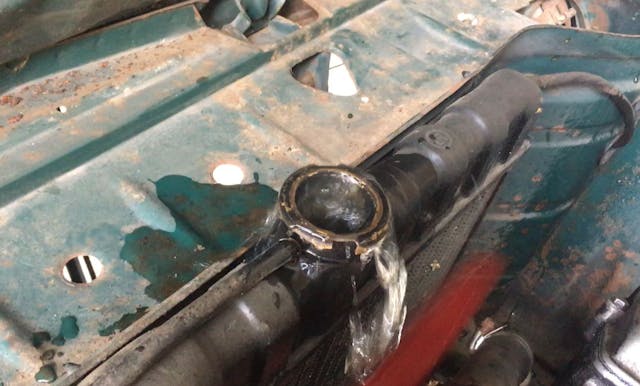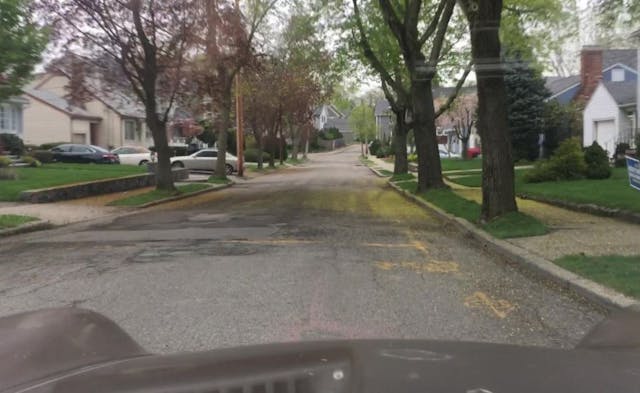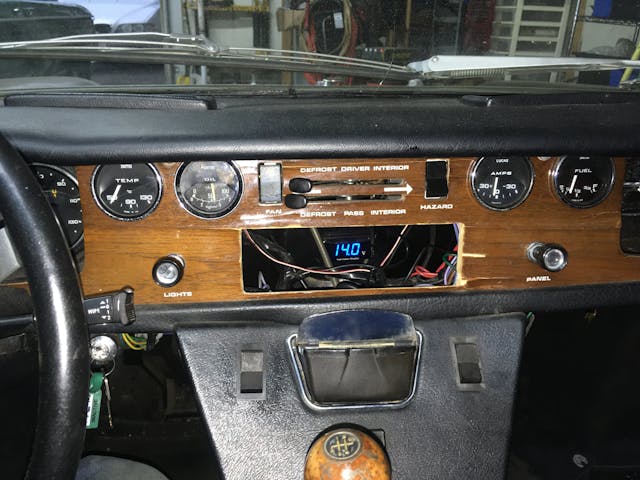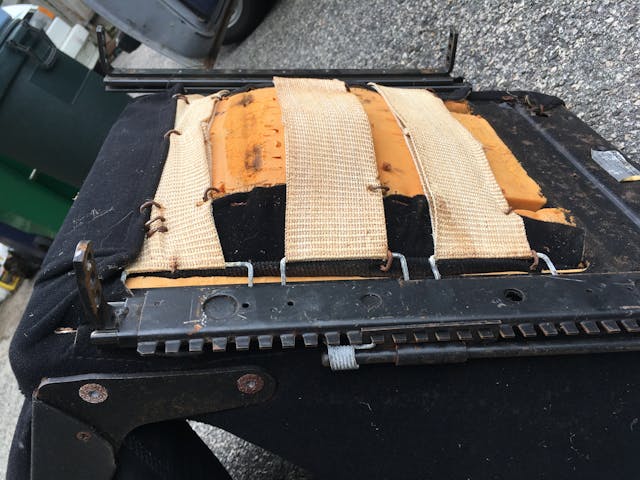The 13 stages of resurrecting a vintage car

So, you finally bought the vintage car of your dreams. The only thing is, it’s dead. It had to be. It was the only way you could afford it.
Welcome to my world. You and I are going to get along just fine.
The traditional wisdom is always to buy the best car in the best condition that you can afford. That’s fine advice, if you have the money to do that. However, many folks—myself included—don’t, and so the only way to have a chance at buying the cars you crave is to purchase them in need of work. I’ve always felt that it’s better to jump in and buy something needy that you can afford, even if it’s a long-dead vintage car, than sit there on the sidelines watching prices go up and up until even #3 and #4 condition cars are unaffordable. Plus, even if you put an amount of money into the car that, over several years, approaches or exceeds what you’d pay for one in better condition (that awful term “underwater”), buying a needy car and sorting it out over a period of time by putting your own sweat equity into it is still useful as a form of self-financing.
The longer I do this, the more I’ve come to think about mechanically sorting out a dead car as a pyramid of finely graded stages. Each one requires the success of the one below it. In my recent sort-outs of two BMW 2002s that were dead for 10 and 26 years, respectively, and my 1974 Lotus Europa Twin Cam Special, which was dead for 40, I’ve learned that there are distinct stages in sorting a car. Some of sorting projects can be achieved in a day; others have seasons or years between them.
Engine starts
This requires a freely turning engine, compression, clean oil and fuel, fresh filters, functional fuel and ignition systems, ignition timing that’s close enough for government work, a charged battery, and a functional starter. When it starts, you immediately check for large fuel and coolant leaks, then shut it off. If you buy a car whose engine you already know is seized or catastrophically damaged, seeing it rebuilt or replaced and reinstalled and running is obviously a huge step. Other cars may sit for a decade or longer and, with a careful restart, the engine may revive just fine. In either case, while few things are as satisfying as that first engine start of a long-dead car, it’s only the beginning.

Engine runs and idles for minutes
This is where you look for small fuel and coolant leaks, verify that any oil leaks aren’t dumping onto the exhaust manifold where they can catch fire, and check for sweet-smelling exhaust indicative of a cracked head.
Engine idles indefinitely without overheating
This requires all parts of the cooling system—radiator, water pump, thermostat, and hoses—to be fully functional. You want to find this out before you venture forth anywhere.

Car moves two feet under its own power
This is a larger milestone than you’d think, as it requires that the brakes aren’t seized, and the clutch hydraulics are functional.

Car can be driven back and forth 20 feet
To do this, the shift linkage and transmission need to be basically functional, and the brakes must be able to slow and stop the car, even if, for this test, it’s just the handbrake.
Car can be driven slowly and carefully around the block
This milestone feels like cause for breaking the champagne bottle over the bumper, but essentially you’re just testing all the times above that I used the word “functional,” and frantically writing things down in a notepad while you’re doing it, as you learn surprising things on that first ’round-the-block excursion. In my Lotus, this was when I noticed that, once there was actual airflow through the ventilation system, the smell of rodent urine was overpowering.

Car can be driven safely on short mid-speed trips on public roads
This is a huge milestone. Typically, I accompany it with legal registration of the car. It requires that many of the “functionality” checkboxes above get kicked up to “performance.” That is, the brakes must not only function, but perform well enough to stop the car quickly if the car in front of you stops short or if a kid runs out in traffic. In addition, front end components can’t be so worn that they’re dangerous; drivetrain components—like rubber flex discs (also called giubos; yes, that’s the correct spelling), center support bearing, and universal joints—can’t be knocking; the car must not be weeping any brake fluid; and all safety systems, such as seat belts and brake lights, must work.
Car can be driven on the highway at traffic speed
Once the car seems to run well around town, you’ll be itching to take it onto the highway and let it stretch its legs, but you’ll need decent tires, wheels that aren’t badly bent, wheels and tires that are balanced, and a front end without any discernible play. If all of these things aren’t up to snuff, you’ll find out right quick. This is also your first chance to give the car a good solid booting to check for any stumble on acceleration. Once up to speed, you test for hesitation at even throttle, which is even more annoying. Due to the length of time that the car is running, this is also where you verify that the temperature gauge goes to the middle and stays there, rather than continuing in an alarming journey toward the red.

Car can pass state inspection
Obviously this varies by state, but in my home state of Massachusetts, all lights and wipers need to work, the handbrake must be able to stall the car, and there can’t be any holes in the exhaust or cracks in the windshield. For a 1996-or-later car with OBDII it’s tougher, as the check engine light can’t be lit.

Car can be used and driven like a normal car
This one is very subjective, but it’s a threshold that many of us are aware of when the car crosses it. To me it often means that the charging system is tested and functional (note how that was missing above, as you can drive a low-tech vintage car quite a distance just running off the charge in the battery), and that all gauges on the dashboard work so you don’t run it out of gas like an idiot.

Car is comfortable
To me, this means that the shocks and springs work well enough that you don’t have an oxcart-like ride, the heat works in cold weather, there aren’t any strong odors of gas or rodent, and the seats aren’t so worn that your butt is sagging or being jabbed by springs.”

Car can be driven on long multi-day trips
Folks often say that if a car can drive 10 miles on the highway, you can just keep going and make it a thousand. While there’s some truth to that, the way I think of it is this: Cars are not biological systems. They don’t heal themselves. If there are known problems prior to a long road trip, they’re going to get worse, not better, so you should fix them. In particular, the cooling system must perform better than new in case you’re caught in traffic on a hot day, the tires must be good to excellent, there shouldn’t be ominous rumbling or whining from the transmission, differential, wheel bearings, CV joints, or idler pulleys, and you should’ve verified that none of the fuel lines or coolant hoses are cracked, rock-hard, or pillowy-soft.
Car is a joy to drive
Ah. The holy grail you may never reach. For most people, this is a combination of the car being largely free of annoying thunks, clunks, and rattles, and it performs—power and handling-wise—as desired.

Go forth and sort.
***
Rob Siegel has been writing the column The Hack Mechanic™ for BMW CCA Roundel magazine for 34 years and is the author of five automotive books. His new book, Resurrecting Bertha: Buying back our wedding car after 26 years in storage, is available on Amazon, as are his other books, like Ran When Parked. You can order personally inscribed copies here.

